Trojan Paving:
To begin with Trojan Paving is well known for its durability.
The old world charm, achieved by the random-shaped edge bevels.
Furthermore the strength and durability of Trojan produces paving with character and style that endures.
Technical Information:
| Thickness Available | Length Width | No. blocks p/m² |
| SLAB: | ||
| 60mm | 240 x 160 | 26 |
| 80mm | 240 x 160 | 26 |
| SQUARE: | ||
| 60mm | 160 x 160 | 39 |
| 80mm | 160 x 160 | 39 |
General Application: Colours Available: Autumn, Terracotta, Grey, Plum, Slate, Tan
Domestic driveways
Municipal parking area
Pedestrian pavements
Pathways.
Laying of paving blocks:
- The best pattern for interlocking and therefore strength is herringbone.
- Always observe pattern and line while keeping joints between blocks as small as possible.
- Place paving blocks on the freshly screeded sand bed.
- Bumping each new block against the just-laid ones to get a snug fit.
- In order not to disturb the sand bed, work from on top of already placed blocks.
- Fill any gaps between full sized blocks and edges with cut blocks.
- Use an angle grinder or purpose made paving cutter.
Compaction of paving blocks:
- Compaction shall be such that damage to blocks is prevented.
- Use a 2-4 t light vibratory roller or a suitable plate compactor.
- Complete the compaction of all laid blocks at the end of each day.
- A uniform even surface shall be obtained over the paved area.
- Paving that will be subjected to regular vehicle loads exceeding 30kN shall.
- After joint filling be locked up with at least five passes of a heavy pneumatic roller.
- Remove and replace damaged blocks before joint filling.
Joint filling:
- Fill joints between paving blocks with a fine dry sand like buildingsand or fine plastersand.
- Use brooms to sweep sand into joints and compact again.
- Sweep away all surplus sand and remove.
Visit us on Facebook
Or Contact us.




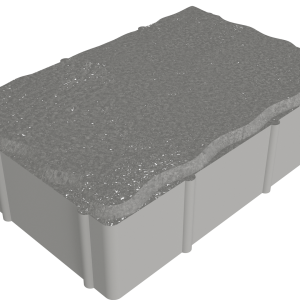
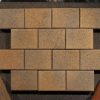
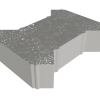
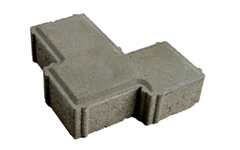

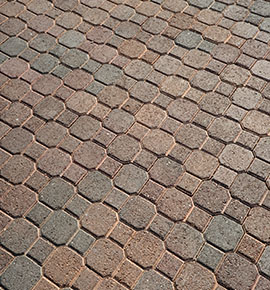

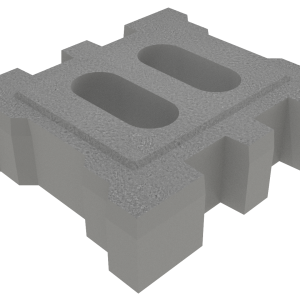
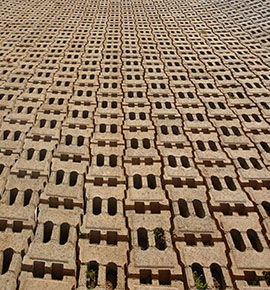
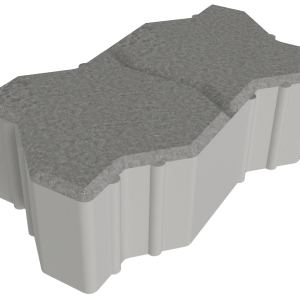




Reviews
There are no reviews yet.